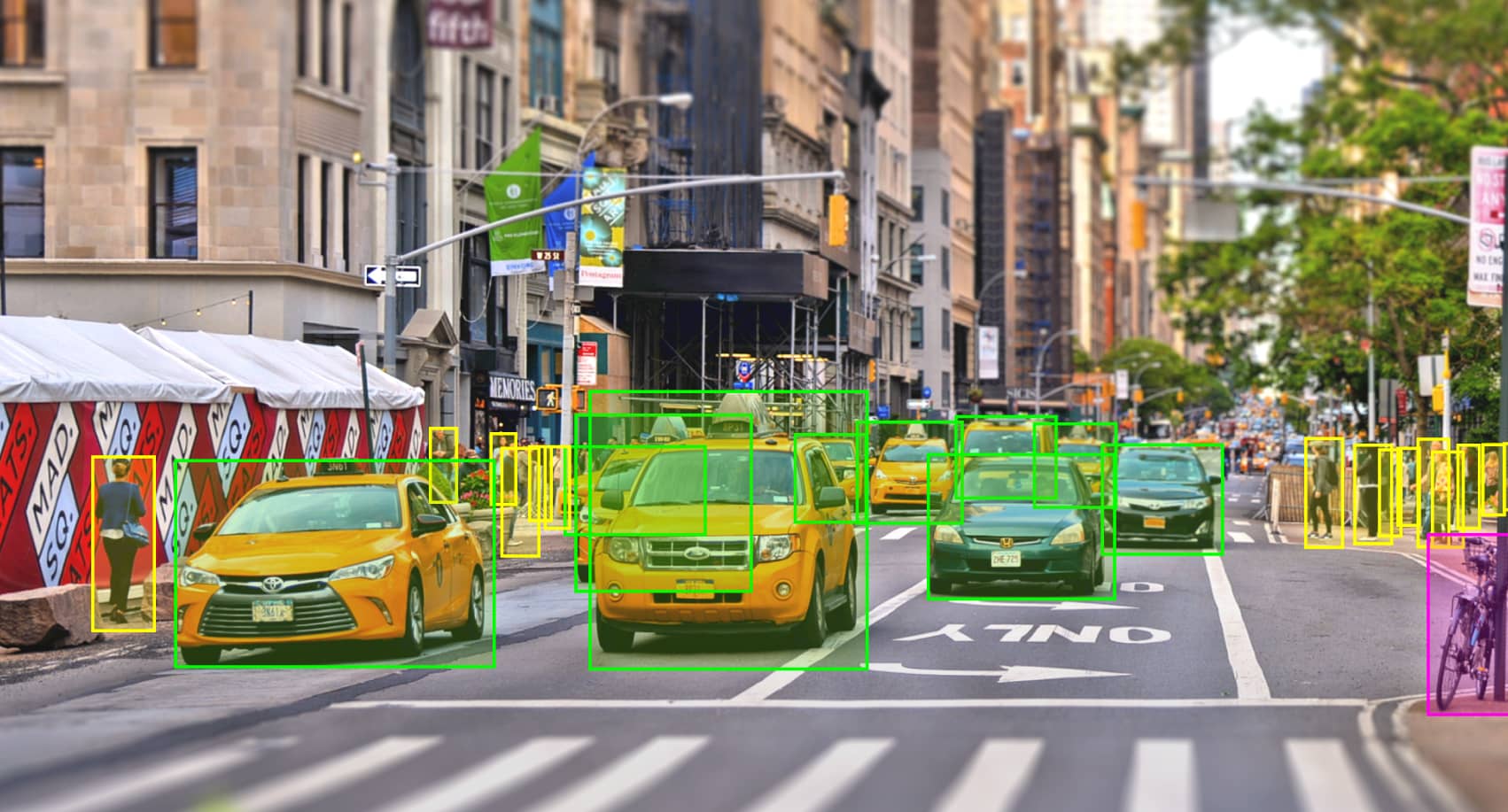In the current world of big data, companies across every sector rely heavily on machine learning and artificial intelligence to gain insightful insights. Image annotation is a fundamental computer imaging technique that plays a crucial role in making visual data accessible. In this article we explore the world of image analysis. We also look into the significance of tools, software, and solutions that support data-driven decision making.

Image annotation refers to the method of labeling images or by tagging them with metadata. This makes it possible for computers to interpret and process visual data more precisely. Image annotation, for example, adding bounding boxes keypoints, polygons, or bounding boxes to images, lets ML models detect patterns, objects and attributes. This technique can bridge the gap between raw image data and the actionable information, opening the way for applications in a variety of domains, such as autonomous vehicles as well as medical imaging, e-commerce as well as surveillance systems.
To streamline the image annotation process, an extensive assortment of annotation tools have been created. These tools have intuitive interfaces that let annotators mark areas of interest within images in a seamless manner. They provide a wide range of annotation options as well as customization features to suit different data requirements. Image annotation tools offer many tools, beginning with drawing tools that are basic to automated suggestions and advanced recognition of shapes. They improve the accuracy and efficiency of the annotation process and allow annotators to perform their work efficiently and quickly.
Image annotation software takes the annotation process to the next level by incorporating automation and collaboration features. These applications make use of ML algorithms to automatize the process, reducing manual work and increasing the speed at which annotations are made. Annotation software is able to help speed up the labeling process through techniques like active learning as well as transfer learning.
The annotation software allows for seamless collaboration between multiple annotations. It enables real-time communication with annotations, annotation versioning and comments as well as creating an environment of collaboration. This collaborative approach does not just enhance the quality of annotations but it also facilitates knowledge sharing and ensures consistent annotations.
When selecting an image annotation solution there are a variety of factors to be taken into consideration. The first is that the solution should align with the specific needs of the project, which includes the types of annotation required (e.g., bounding boxes, polygons, keypoints) and the difficulty of the labeling process, and the scalability of the solution.
Second, the flexibility of the system is essential. An efficient annotation system should be able of customizing annotation workflows and integrate with the existing software for managing data. Also, it must be compatible with a variety of formats for data. This flexibility should allow the annotation software to integrate seamlessly into workflows already in place.
Thirdly, the quality of the annotations made by the software must be assessed. Annotation solutions that are reliable employ quality control mechanisms to ensure accuracy and consistency in labeling. These mechanisms may include verification of annotation agreement, inter-annotator validation, and constant feedback loops between annotators and reviewers.
The impact of image annotation goes beyond the process of annotation itself. Companies can enhance the value of data by leveraging software, tools, solutions and software. An accurate annotation is essential to the creation and training of ML models that have higher accuracy and reliability. These models can be used in a variety of applications, including image classification, object recognition, and anomaly detection.
Image annotation can also aid in data-driven decision making through providing deep, relevant insights from the visual data. In the field of healthcare, medical images annotated with annotations may help diagnose ailments, spot abnormalities or determine the best treatments. In ecommerce, image annotations can aid in recommending products as well as image search and visual marketing strategies.
Image annotation coupled with data science has changed our way of working. It’s an effective instrument that unlocks an abundance of information. It accelerates data analysis, uncovers undiscovered relationships, and provides instant insight. With image annotation, organizations can improve their processes, reach market faster, reduce costs and gain an competitive edge. Images are a great way to communicate concepts, and they’re much easier to understand than abstract images. Properly annotated pictures also help to make information more accessible to all stakeholders. Annotation of images is an effective tool for transforming data into actionable information and to maximize its use for any type of application.